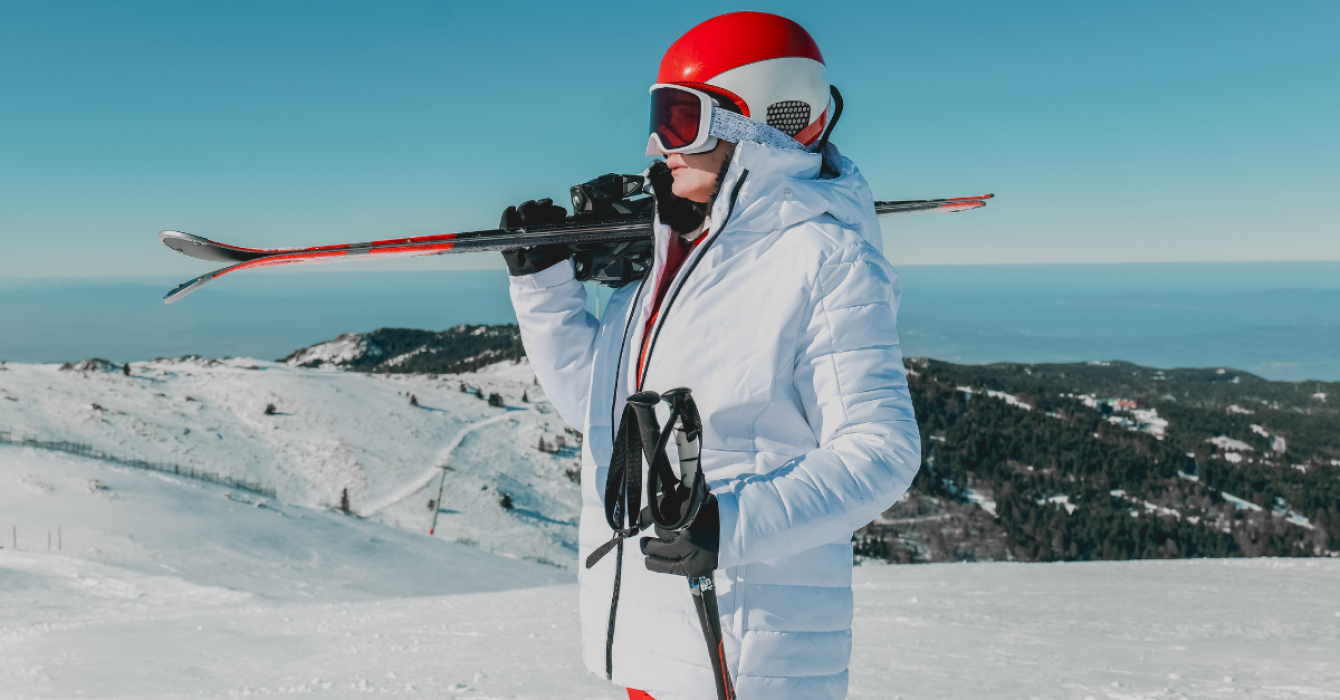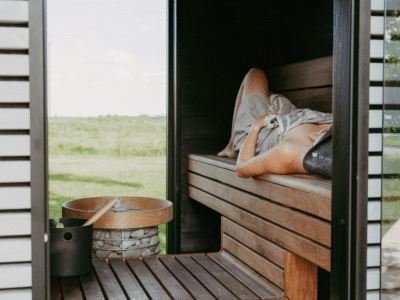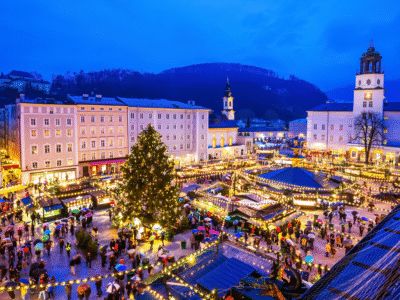From lift pass etiquette to overlooked legalities, these are the must-knows for your adventure holiday in the mountains.
There’s a particular magic in the hush of a snow-covered morning, broken only by the rhythmic crunch of boots on powder and the distant whirr of chairlifts.
For many, skiing is a rite of passage — equal parts sport, spectacle and alpine escapism.
But for first-timers, the lead-up can feel more like navigating a blizzard of unfamiliar logistics than a leisurely getaway.
From the right time to book to the lesser-known laws that could lead to fines — or worse, a cancelled lift pass — here’s L360’s definitive beginner’s guide to skiing, wherever you choose to make your debut.
Read more: Must-have skincare and fashion essentials for ski season
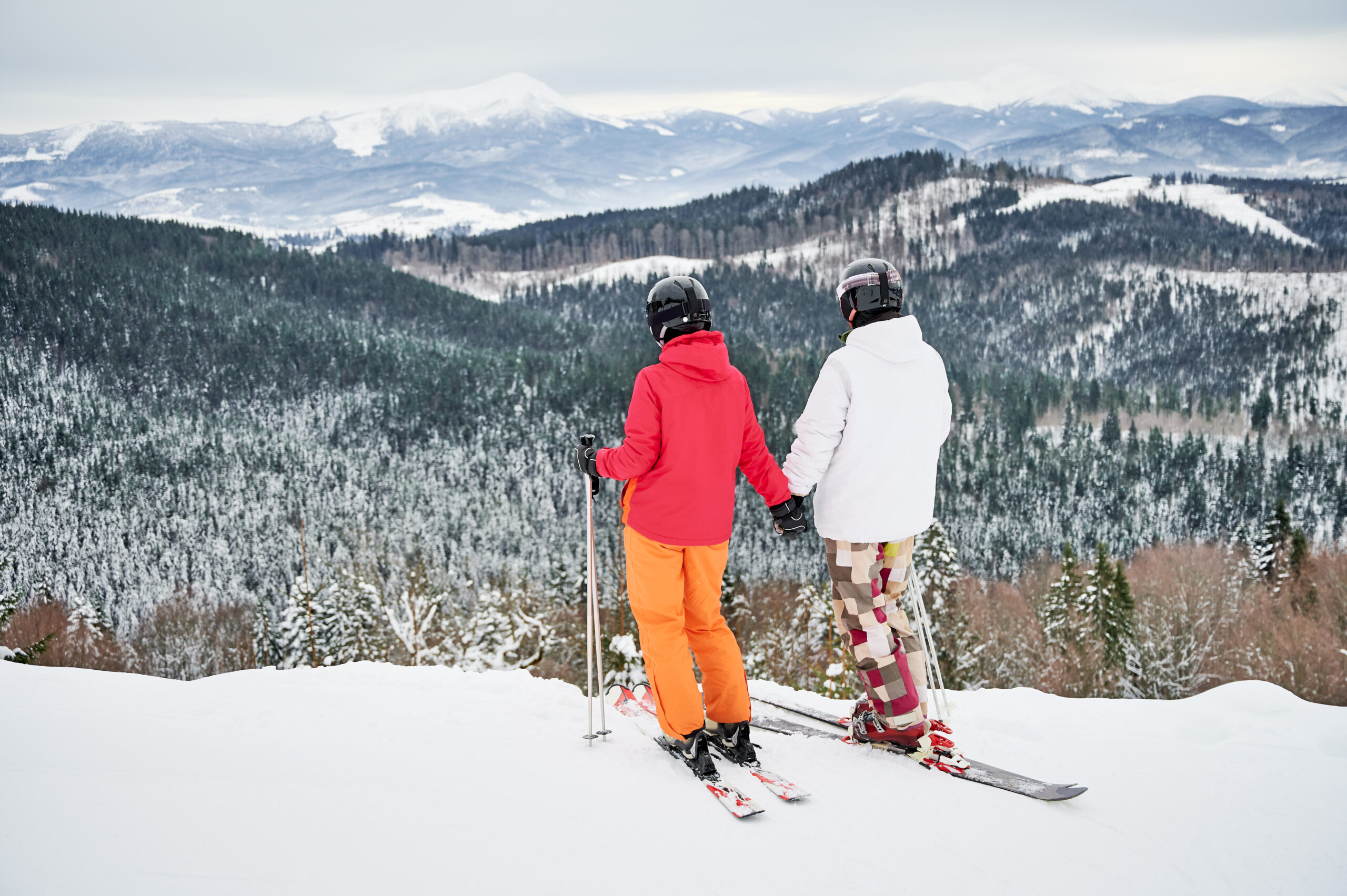
What are the benefits of skiing?
Skiing is more than just a high-energy winter adventure — it’s a full-spectrum wellness booster.
On average, you can torch 400-600 calories per hour on the slopes, according to online media company Byrdie, rivalling intense cardio sessions, while simultaneously engaging your quads, glutes, hamstrings, calves and core for enhanced strength, balance and stability.
From a cardiovascular standpoint, alpine skiing acts like interval training (alternating bursts of effort with relaxing lift rides), offering heart‑healthy benefits like improved circulation, lower blood pressure, better glucose metabolism and even artery rejuvenation, US magazine Time reports.
The fresh mountain air, sunlit vistas and endorphin rush all contribute to reduced stress, elevated mood, sharper mental clarity and a boost in self-esteem that comes from mastering new skills or conquering challenging runs.
But the perks don’t stop at your own wellness game — skiing is inherently social, too. According to the National Ski Areas Association, over 82% of ski trips are taken with friends or family, making it a rich opportunity to bond, share stories or laugh over wipe‑outs together. Whether chatting with strangers on the chairlift or unwinding together at après‑ski gatherings, skiing fosters camaraderie and creates meaningful connections, helping deepen ties and add joy to the experience.
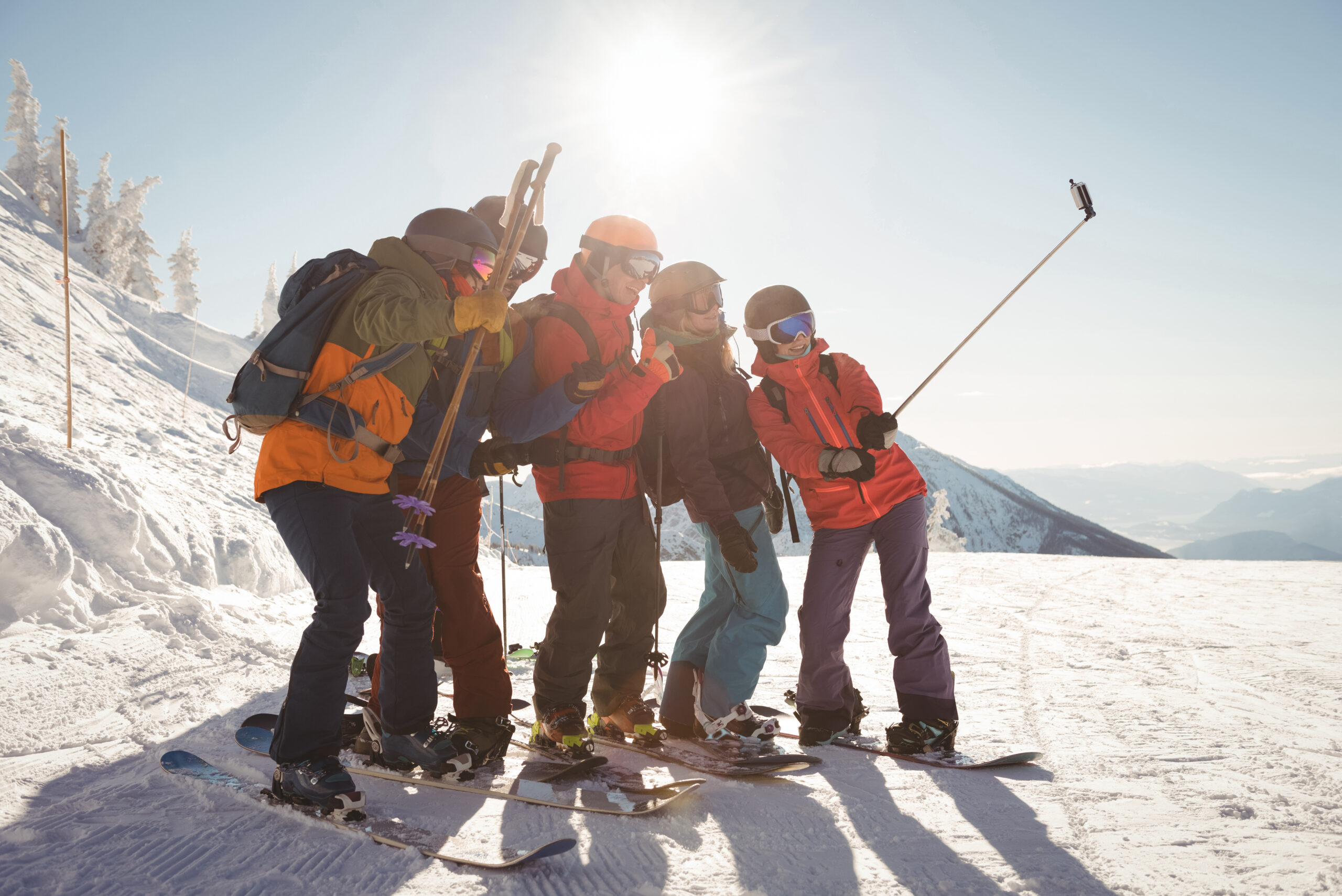
Where to ski – and when
Ski season is far from universal. Each area follows its own rhythms, influenced by geography, altitude and climate. L360 spoke to travel company Global Work & Travel to break down the prime time region by region.
Across Europe, most resorts (think France and Switzerland) open mid-December and run to mid-April; the most reliable snow typically falls between January and March.
Scandinavia, with its colder climate and higher latitude, extends the season to May, offering fewer crowds and often more affordable options.
Japan’s season aligns similarly, with January and February providing the famous Japow — light, dry powder that transforms Hokkaido and Honshu into a skier’s dream.
North America’s season spans late November to April or May, with some US resorts opening as early as October. For consistent conditions, the prime window remains January to March, particularly in the Canadian Rockies.
For those seeking snow in spring and summer, the Southern Hemisphere provides an off-season alternative, with June to September heralding ski season in Australia, New Zealand and parts of South America. New Zealand, in particular, boasts terrain especially suited to beginners, alongside a relaxed ski culture.
For those not quite ready to commit to mountain terrain, indoor ski centres in the UK, Netherlands and Dubai, as well as glacier resorts such as Zermatt and Hintertux, offer year-round opportunities to build skills and confidence.
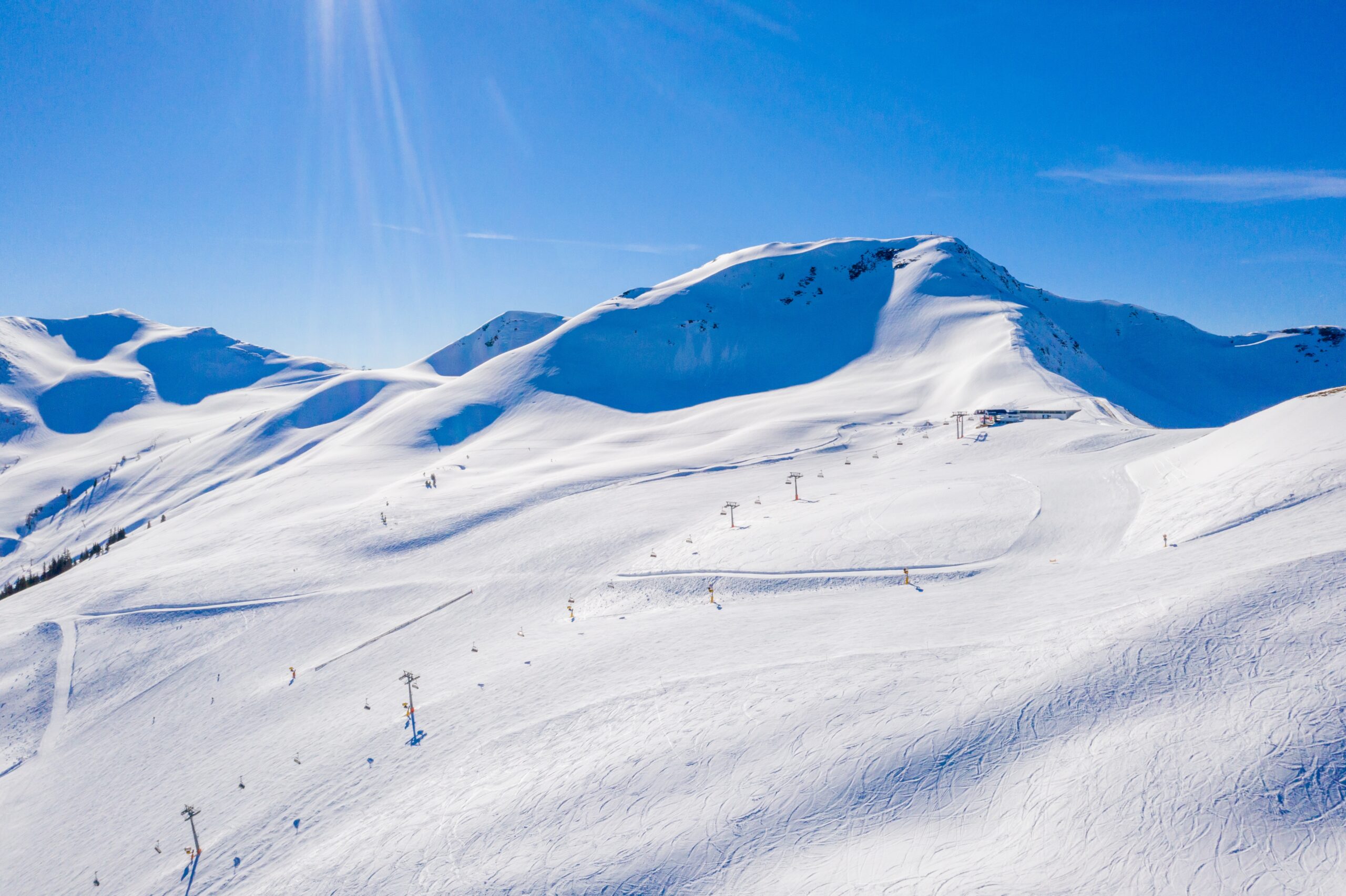
Read more: Five European ski resorts for the ultimate snowy escape
Best locations for beginners
Consider resorts known for beginner-friendly slopes and excellent ski schools:
- Italy’s Trentino offers welcoming atmospheres and affordable pricing.
- Canada’s Banff and Whistler boast vast gentle terrain.
- Japan’s Niseko is famed for powder and culture.
- New Zealand’s Queenstown has relaxed ski culture and sweeping runs.
Understand the rules
When you make it onto the slopes, there are often strict rules you’ll need to adhere to; for example:
- Helmet use is mandatory for under-18s in Italy, with fines enforced.
- Lift pass sharing is considered fraud and can result in pass cancellation or bans.
- Some resorts require liability insurance; standard travel policies may not cover skiing.
- Eating or drinking on chairlifts is prohibited in Austria and Germany.
- Off-piste skiing without avalanche safety equipment is illegal in many areas.
Common mistakes of first-time skiers
Don’t get caught out — these are the most-common mistakes made by many their first time on the slopes.
Not checking the resort altitude
Lower-altitude resorts can suffer from patchy snow, especially early or late in the season. Aim for resorts at over 1,500 metres (4,920ft) if you want consistent conditions.
Booking without lessons
Even the fittest first-timers can struggle without guidance. Book a beginner package or ski school session to avoid injury (and frustration).
Forgetting about après-ski costs
Skiing isn’t cheap – and it’s not just lift passes. Factor in mountain meals, gear hire and drinks after the slopes (a beer can be €10+ in parts of France, that’s around £8 a pint).
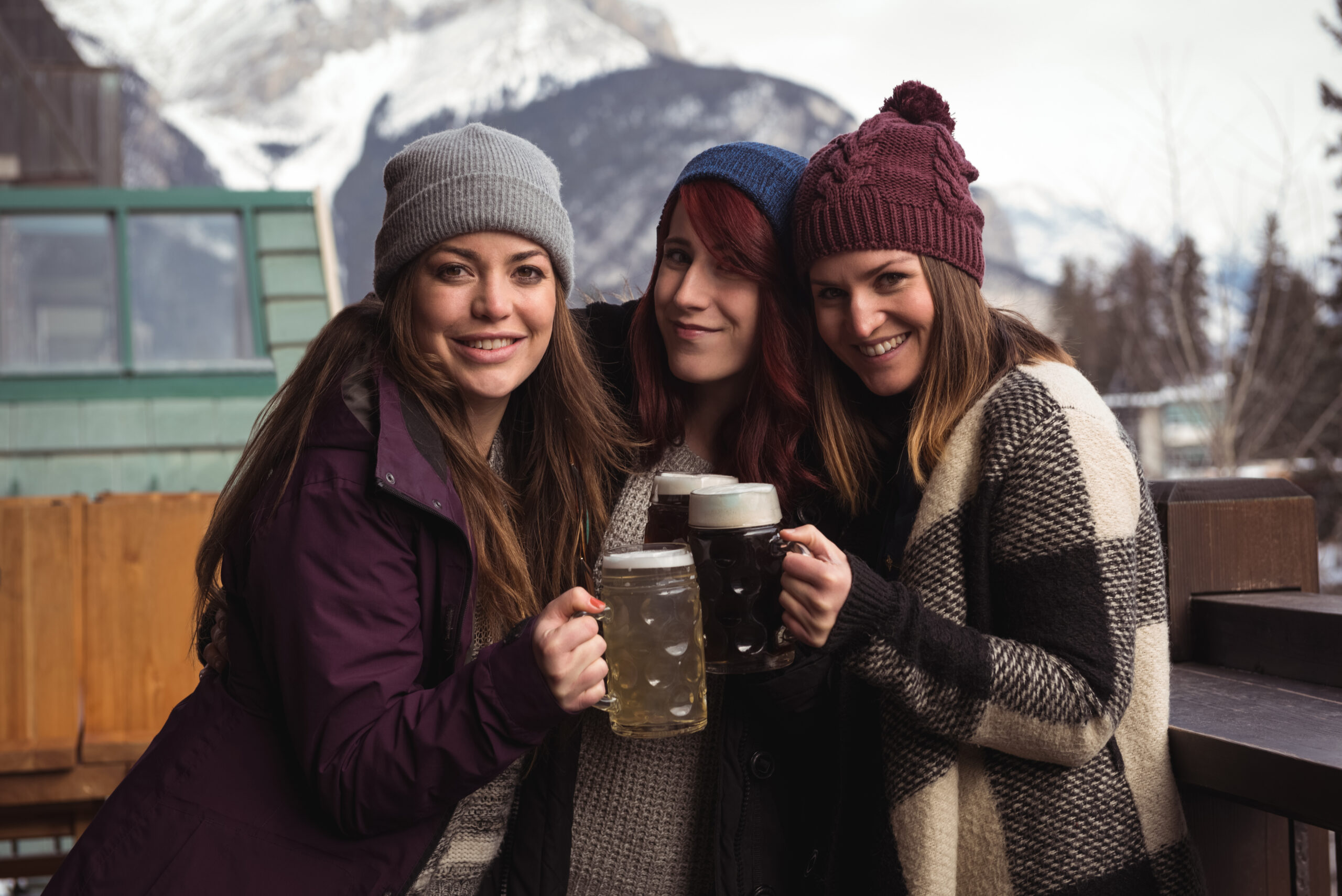
Do you need to buy ski equipment?
Skiing equipment refers to skis, ski boots, poles and a helmet.
For your first ski holiday, it’s recommended that you rent your equipment (some ski hire shops charge as little as £65 for skis and boots for a week).
Read more: 5 of the best family-friendly getaways for a winter wonderland
What should you pack to go skiing?
A beginner’s ski wardrobe should focus on function: goggles, waterproof gloves, thermal base layers and ski socks.
Layering with moisture-wicking base layers and a waterproof jacket is essential.
Below are L360’s top picks for skiwear:
- Goggles: the Diablo Polarised goggles from Mountain Warehouse offer UV400+ protection to fend off sun glare from the snow.
- Gloves: Snow + Rock’s Kakisa gloves contain a pocket, perfect for hand warmers.
- Thermal top: M&S’s soft and lightweight top contains Heatgen technology to keep you warm.
- Thermal leggings: stylish enough to be worn on their own as well as under ski trousers, Sweaty Betty’s Animal Base Layer Leggings are a great option.
- Socks: this Merino wool pair from Decathlon are thick and durable.
- Ski jacket: Designed for the modern snow queen, Dope Legacy’s Track W Jacket sleek jacket blends fashion and functionality perfectly.
- Ski trousers: Siroko B1-W Lenk’s ski bib trousers are water-resistant, durable and totally Instagrammable.
- Jumpsuit: Oysho’s water-resistant, down-padded jumpsuit keeps you warm and protected while serving serious streetwear vibes on the slopes.
Feature image: Canva

